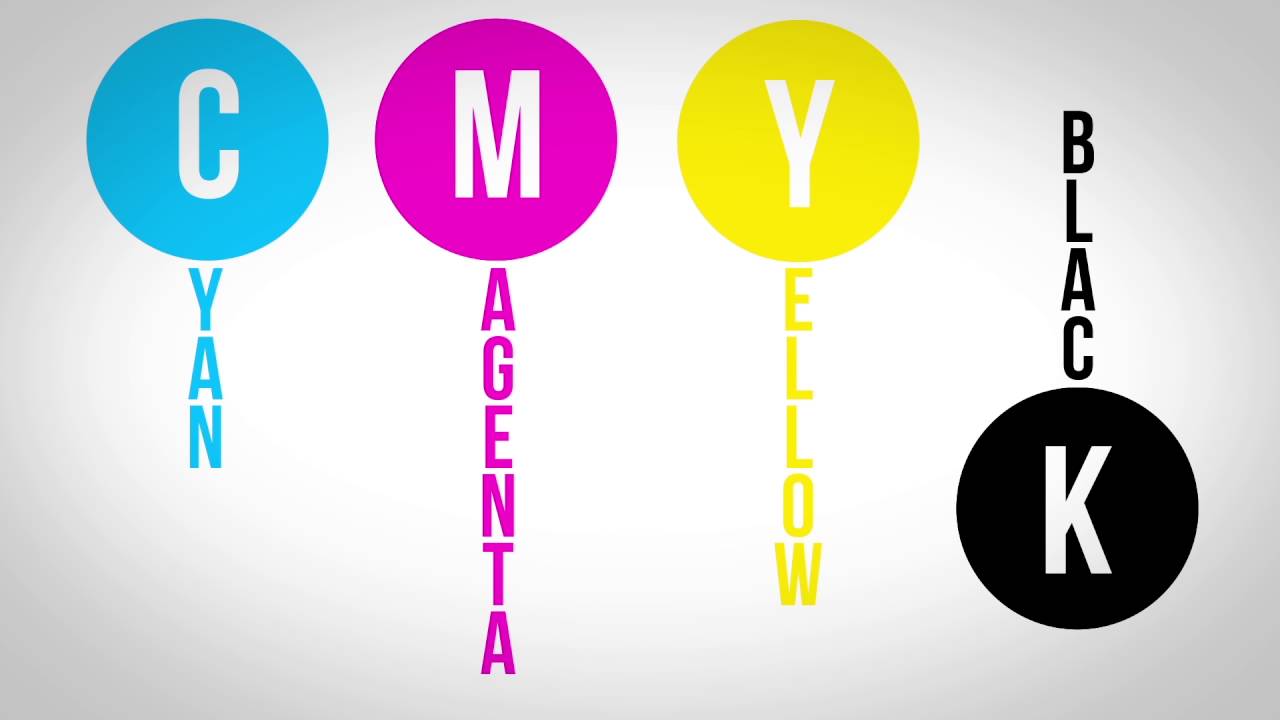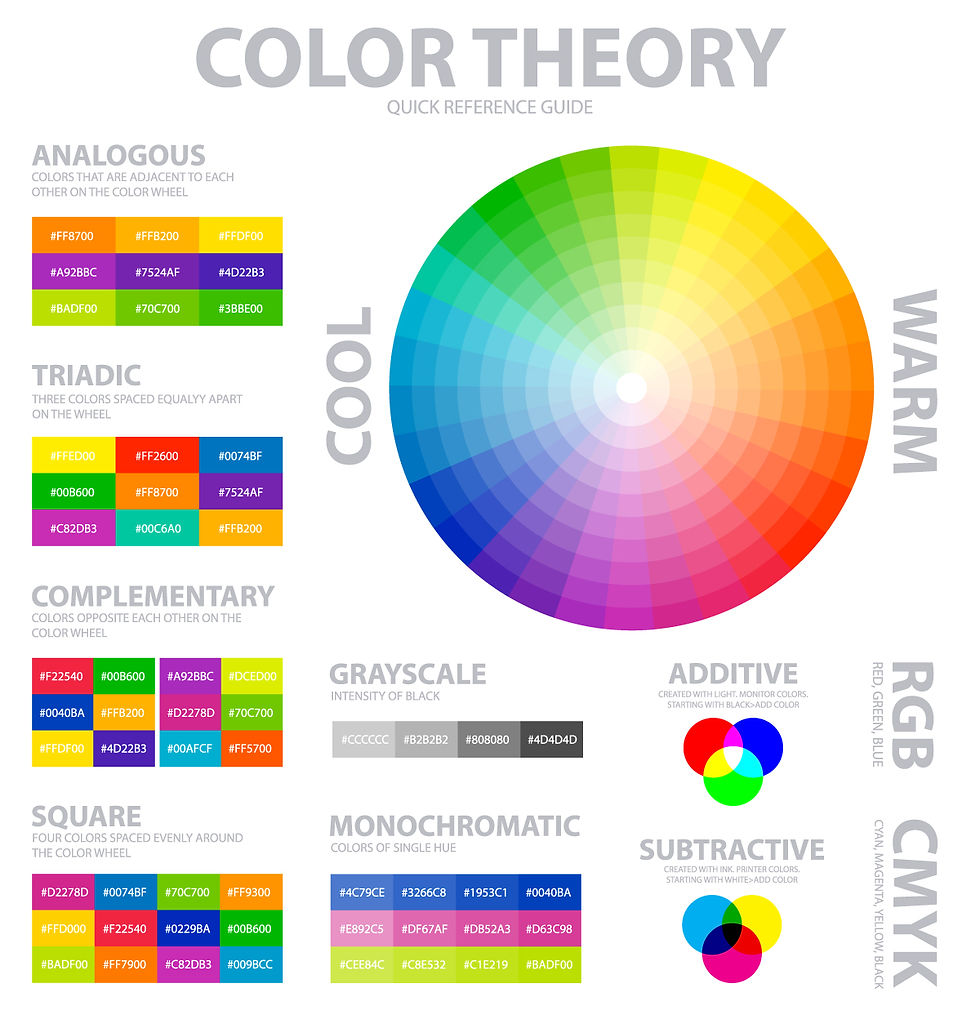What Is CMYK and Why It Matters in Printing

Printing technology relies heavily on color models to reproduce images and text accurately. One of the most important color models in the printing industry is CMYK. Understanding CMYK is essential for anyone involved in graphic design, printing, or marketing because it directly affects the quality and accuracy of printed materials.
What Does CMYK Stand For?
CMYK stands for Cyan, Magenta, Yellow, and Key (Black). These four colors are the primary inks used in color printing. Unlike RGB (Red, Green, Blue), which is used for digital screens, CMYK is a subtractive color model used in physical printing processes.
| Color | Description | Role in Printing |
|---|---|---|
| Cyan | A greenish-blue color | Absorbs red light, contributes to blue and green hues |
| Magenta | A purplish-red color | Absorbs green light, contributes to red and blue hues |
| Yellow | Bright yellow color | Absorbs blue light, contributes to red and green hues |
| Key (Black) | Pure black ink | Adds depth, contrast, and detail; used for shadows and text |
How CMYK Works in Printing
CMYK works by layering these four inks in varying amounts to create a wide spectrum of colors. Because it is a subtractive model, the inks absorb (subtract) certain wavelengths of light and reflect others, which is how we perceive different colors on paper.
Why CMYK Matters
- Color Accuracy: CMYK ensures that printed colors closely match the intended design, which is crucial for brand consistency.
- Cost Efficiency: Using CMYK inks is generally more economical for full-color printing compared to other methods.
- Print Quality: The addition of black ink (Key) enhances sharpness and detail, improving the overall quality of printed images.
Common Uses of CMYK
- Brochures and flyers
- Magazines and newspapers
- Packaging and labels
- Business cards
CMYK vs. RGB: Key Differences
| Aspect | CMYK | RGB |
|---|---|---|
| Usage | Printing | Digital screens |
| Color Model | Subtractive | Additive |
| Colors | Cyan, Magenta, Yellow, Black | Red, Green, Blue |
| Output | Physical ink on paper | Light emitted from screens |
Frequently Asked Questions (FAQ)
Q1: Can I use RGB colors for printing?
A1: RGB is designed for digital displays and may not print accurately. It’s best to convert designs to CMYK before printing.
Q2: Why is black called ‘Key’ in CMYK?
A2: Black is called ‘Key’ because it is the key plate that adds detail and contrast to the printed image.
Q3: Does CMYK cover all printable colors?
A3: CMYK covers a wide range of colors but not all. Some vibrant colors may require special inks or printing techniques.
Understanding CMYK is fundamental for producing high-quality printed materials that meet design expectations and maintain brand integrity. Whether you’re a designer, marketer, or printer, mastering CMYK can significantly impact your print projects’ success.
